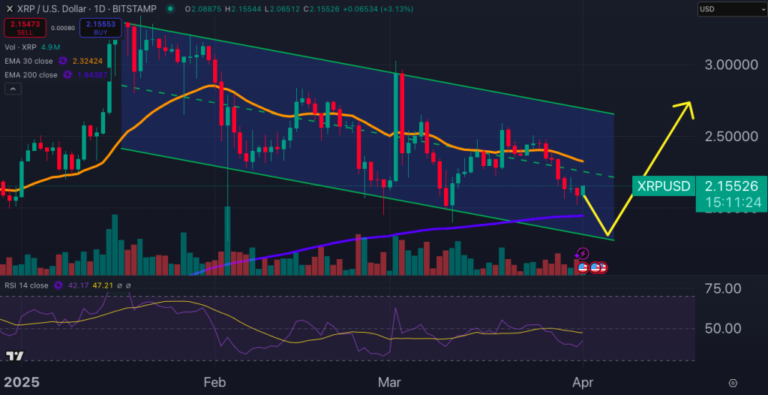Last updated:
 Why Trust Cryptonews
Why Trust Cryptonews

Ethereum co-founder Vitalik Buterin has announced that the network’s upcoming upgrade will make Ethereum more secure and accessible.
The upgrade, titled “The Verge,” will allow Ethereum nodes to run on everyday devices, such as smartphones and smartwatches, drastically reducing the hardware requirements for participation in the network.
The core of The Verge upgrade lies in a concept called “stateless verification,” a solution that addresses one of Ethereum’s ongoing challenges— the significant amount of data required to operate a node.
The Verge to Make Solo Staking More Accessible
Currently, running a node requires hundreds of gigabytes of data storage, creating technical barriers for individuals, especially those looking to participate in solo staking.
The introduction of stateless verification would eliminate the need for nodes to store the entire blockchain, making it computationally feasible for even mobile and browser wallets to verify transactions without massive data requirements.
The move is expected to significantly enhance the accessibility of Ethereum, potentially attracting more solo stakers and users to the platform.
A critical element in The Verge’s development involves the implementation of Verkle trees, a cryptographic structure designed to reduce the size of data proofs, further enabling stateless validation.
While Verkle trees provide a promising solution, concerns about their vulnerability to future quantum computing threats have sparked discussions among developers.
An alternative being explored is the use of STARK-based binary hash trees, which may offer better long-term security.
In addition to these changes, Ethereum Improvement Proposal (EIP)-4762 aims to adjust gas fees for cryptographic operations, preparing the network for the shift to stateless verification.
The new gas system would manage resources more efficiently, ensuring the network remains scalable and secure.
Buterin Proposes Reducing Ethereum Staking Threshold to 1 ETH
Last week, Buterin introduced a proposal to lower the validator lockup threshold from 32 ETH to 1 ETH, making Ethereum’s staking model more accessible.
Currently, Ethereum validators need to stake a minimum of 32 ETH to secure the network, a requirement that has been criticized for excluding smaller investors.
By reducing this threshold, Buterin aims to encourage wider participation in Ethereum’s proof-of-stake (PoS) system, particularly benefiting solo stakers and small investors who currently find the high barrier to entry prohibitive.
One major challenge of lowering the validator threshold is the potential impact on network efficiency.
A significant increase in validators could slow down Ethereum’s finality time, which currently stands at around 15 minutes for blocks to become irreversible.
To counter this, Buterin has proposed implementing “single-slot finality,” a mechanism that would reduce block finalization to approximately 12 seconds.
This would allow Ethereum to finalize transactions almost instantly while managing a larger number of validators without compromising efficiency.
The ultimate goal of Buterin’s proposal is to improve Ethereum’s scalability and performance while ensuring decentralization remains intact.




















